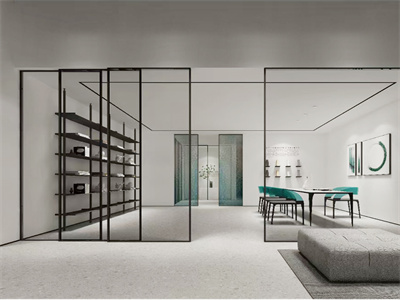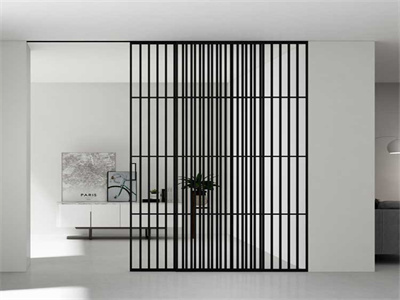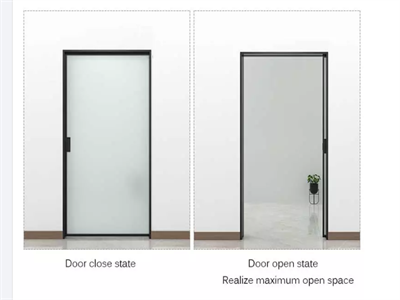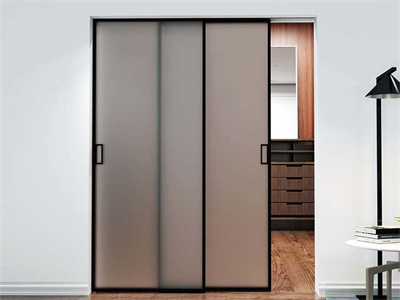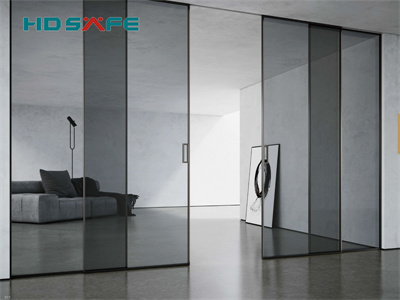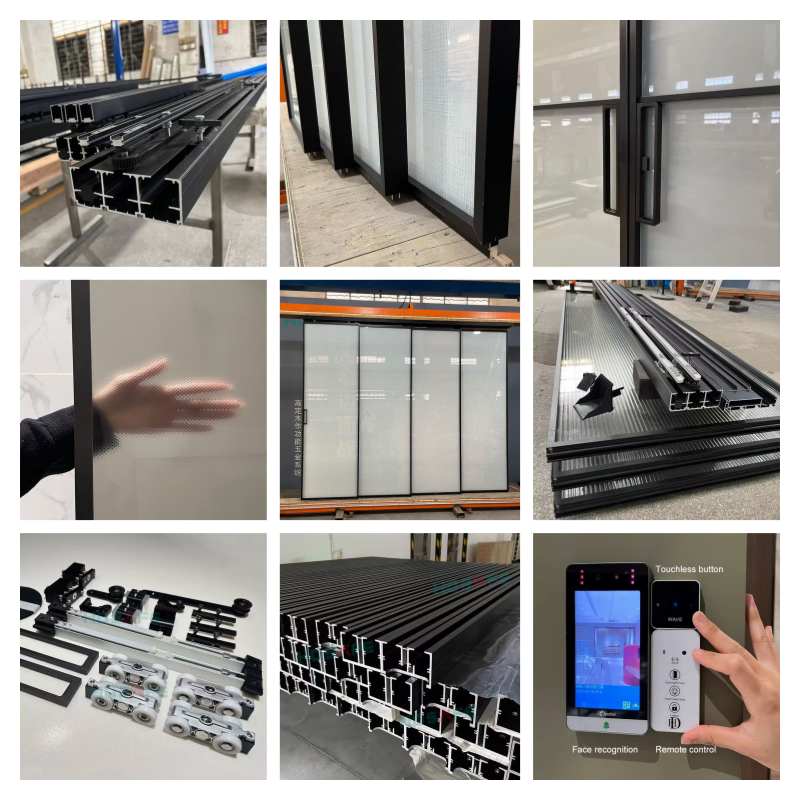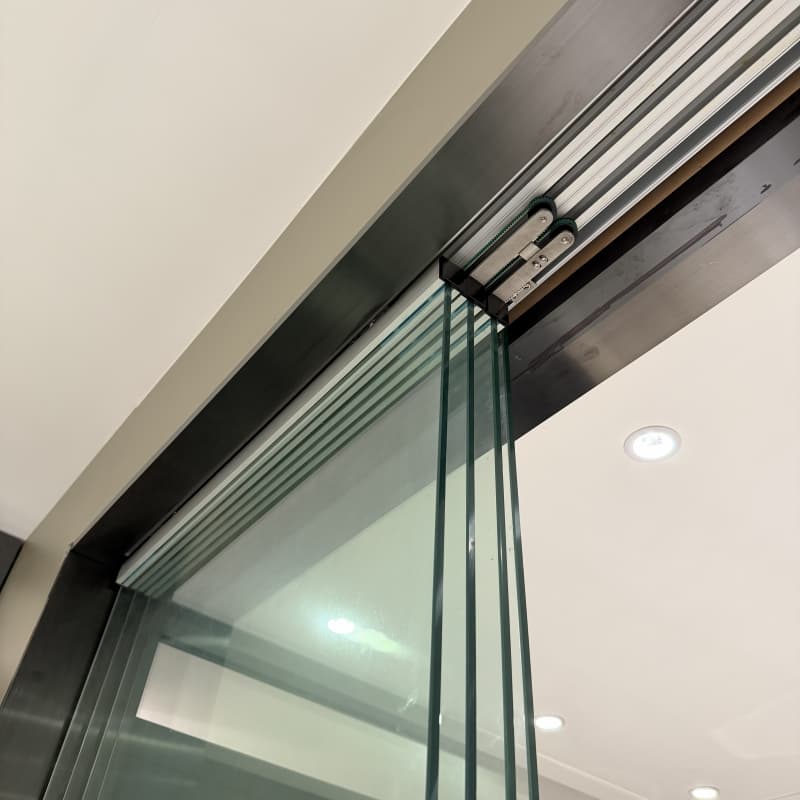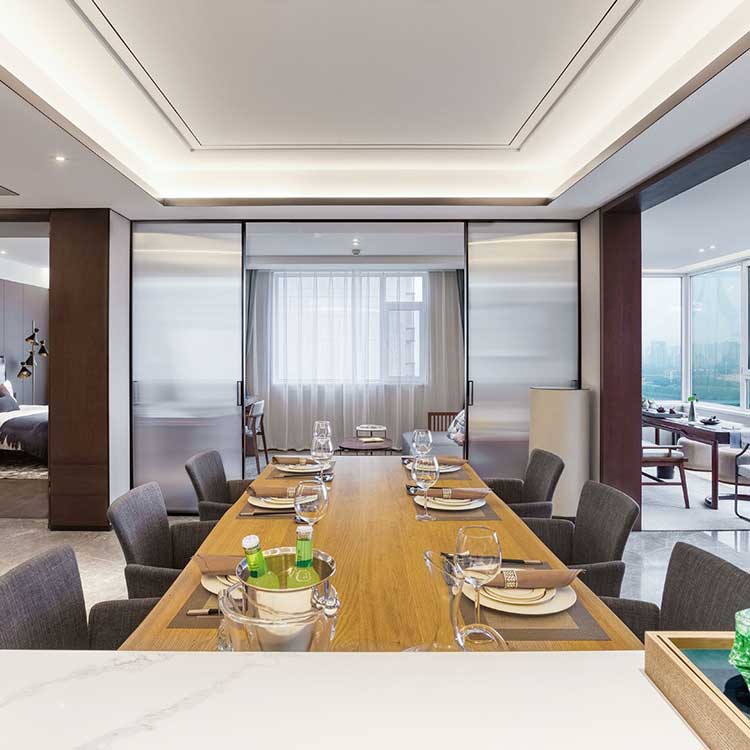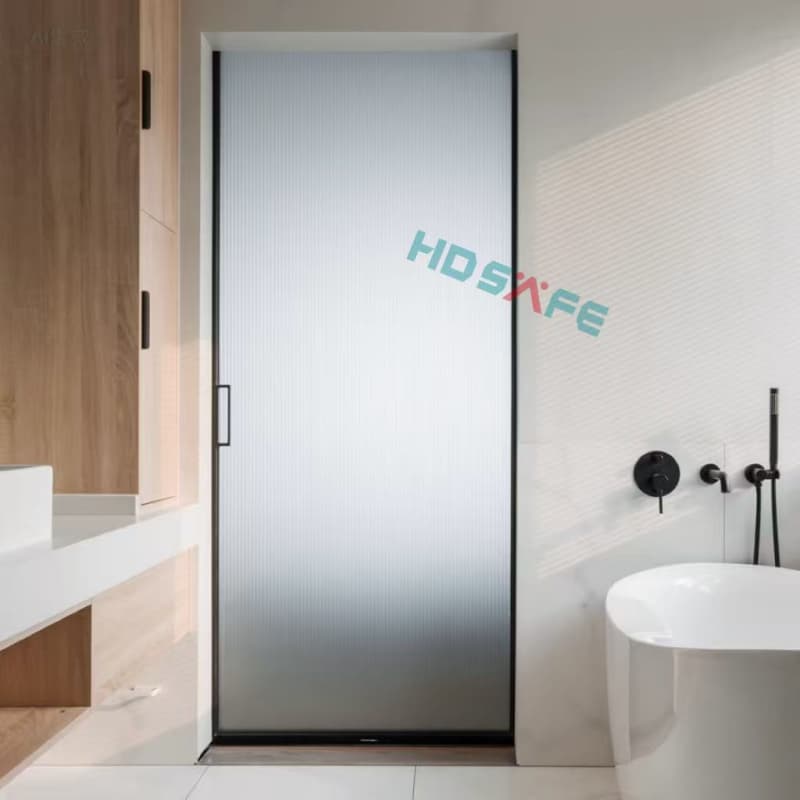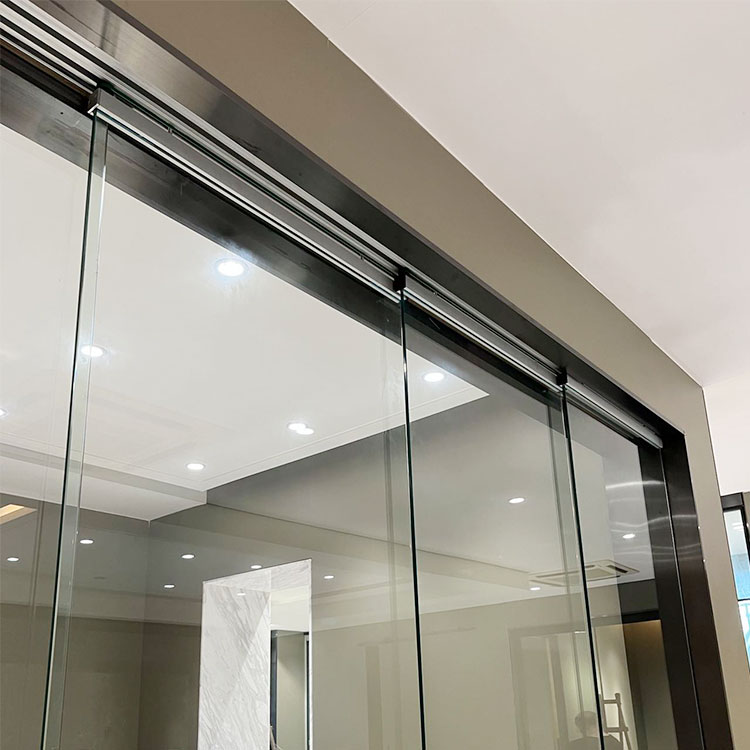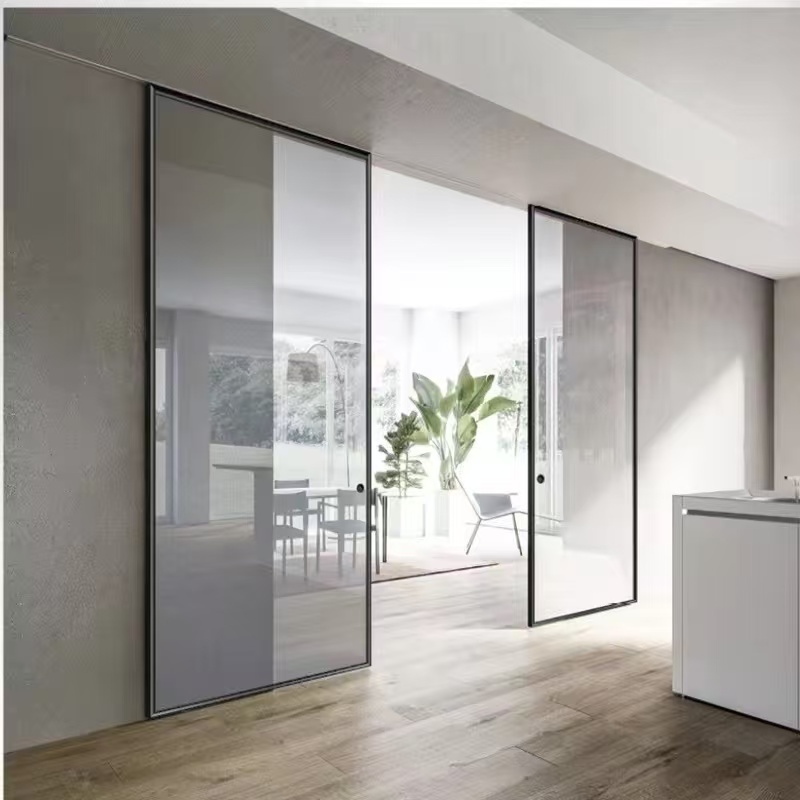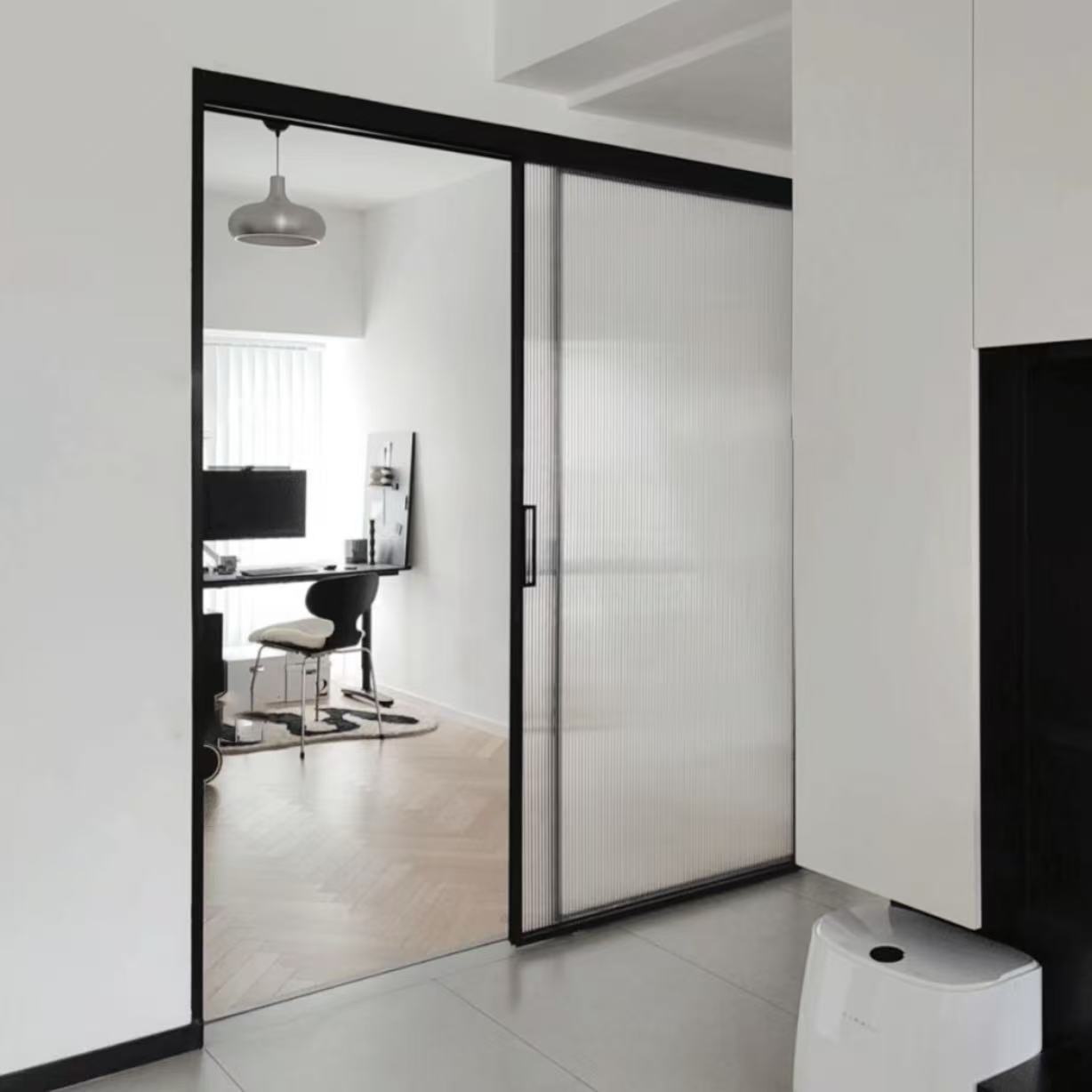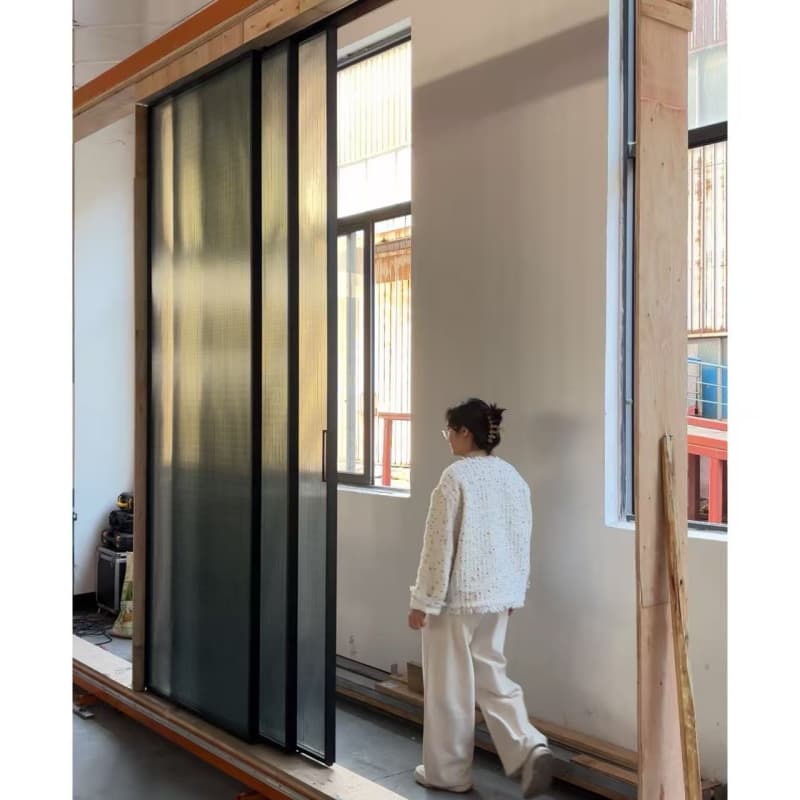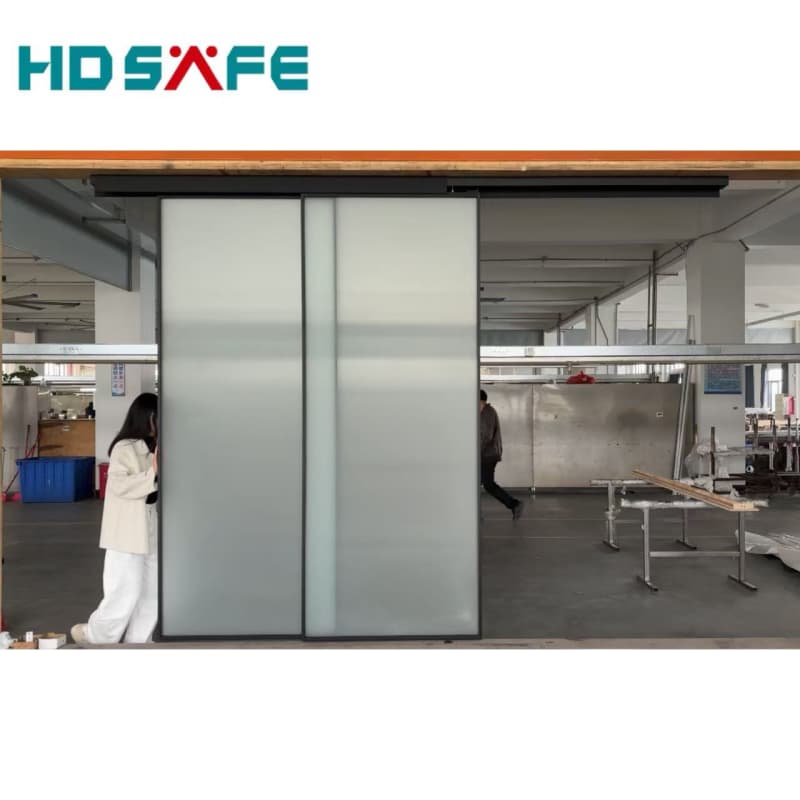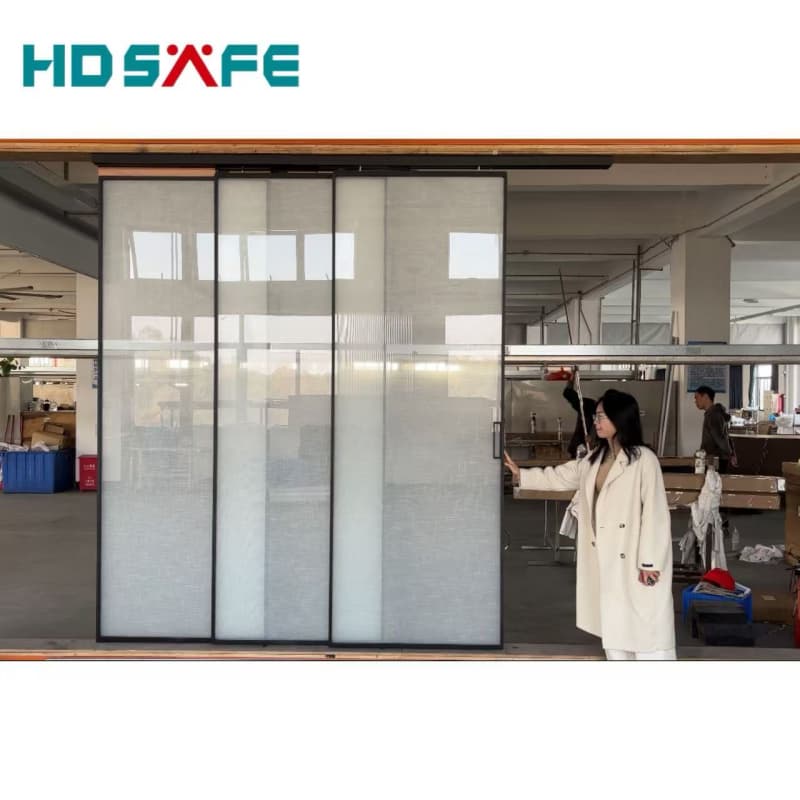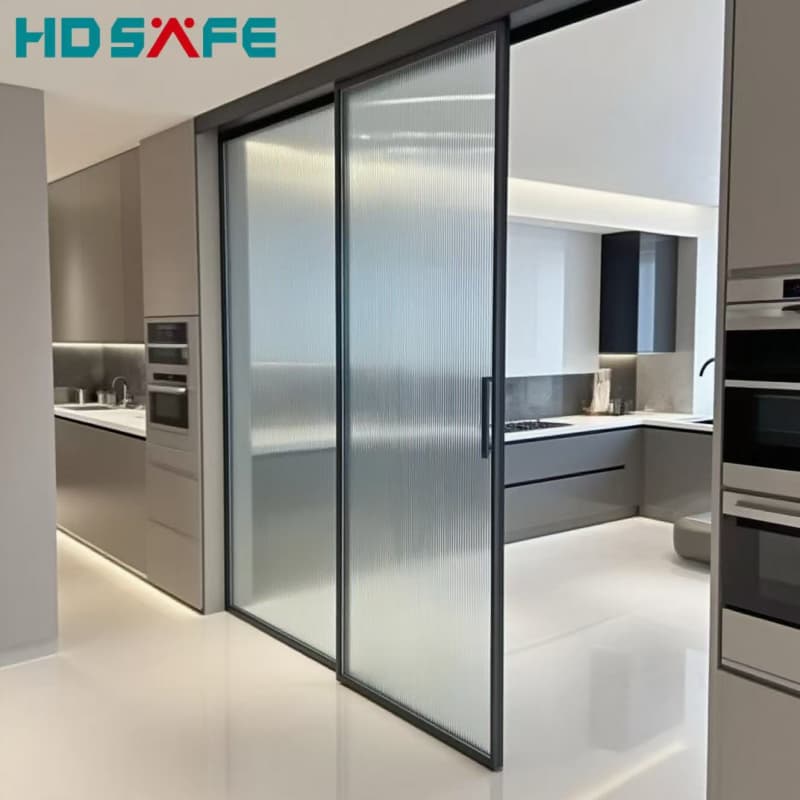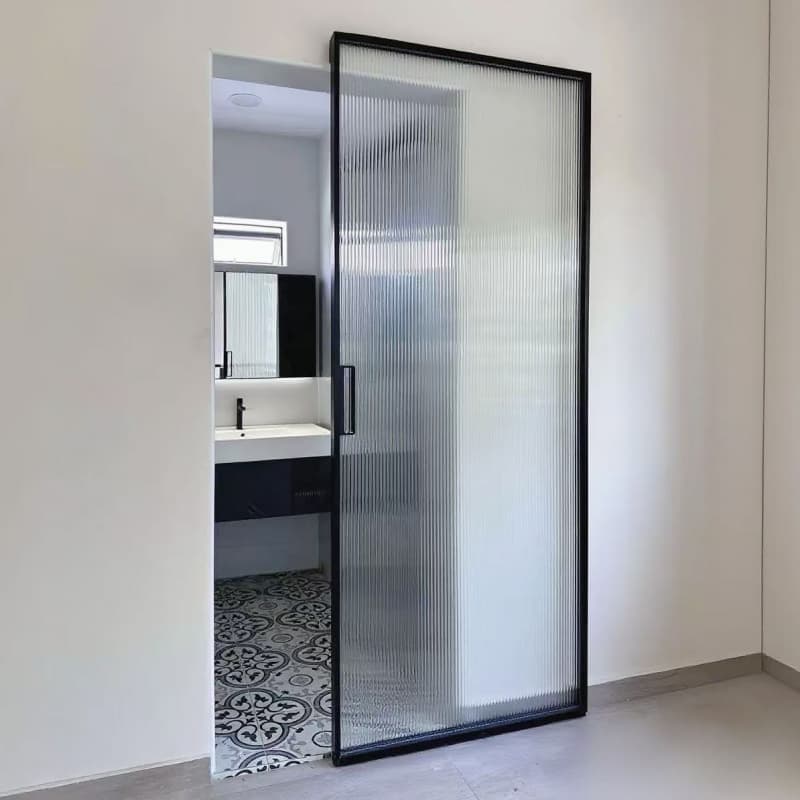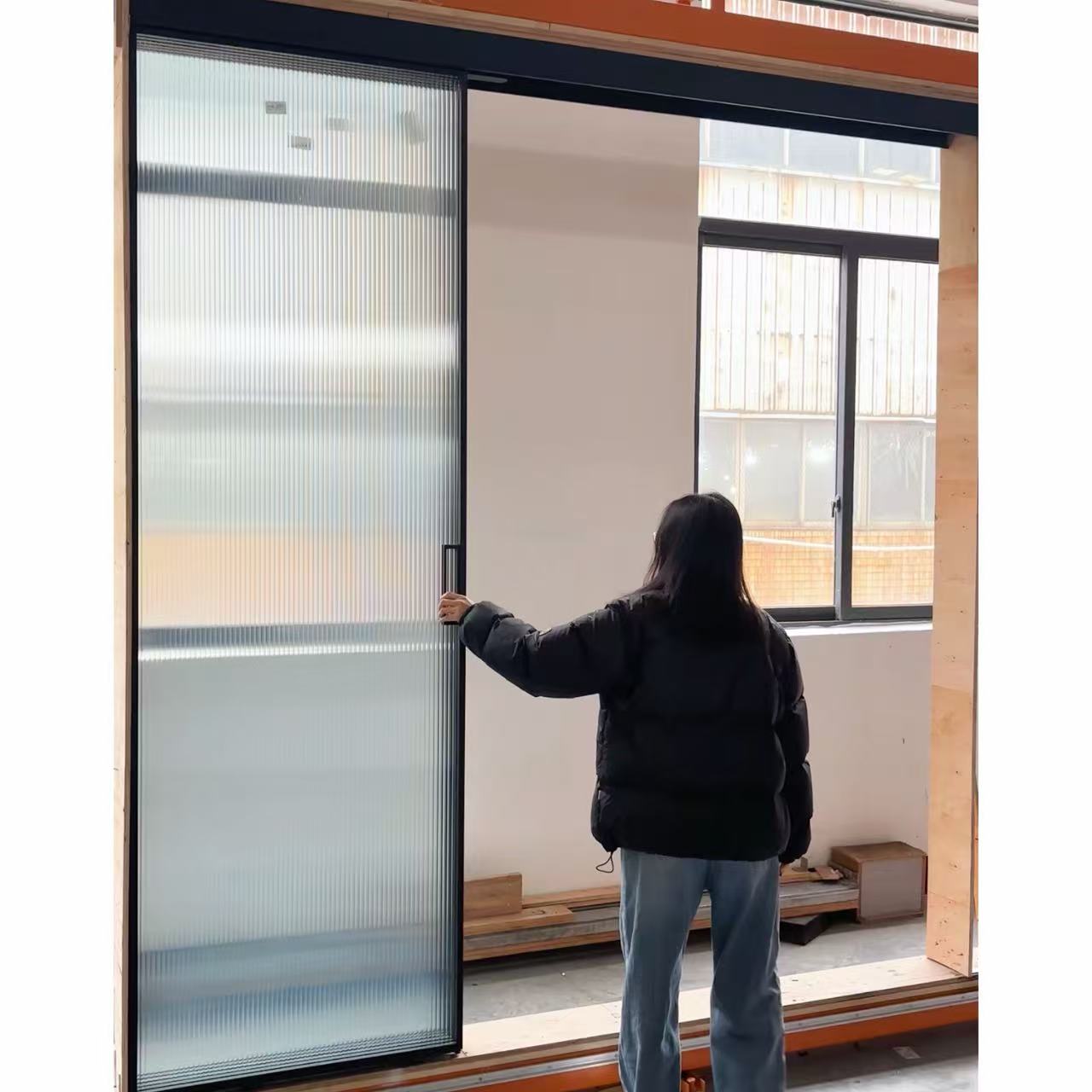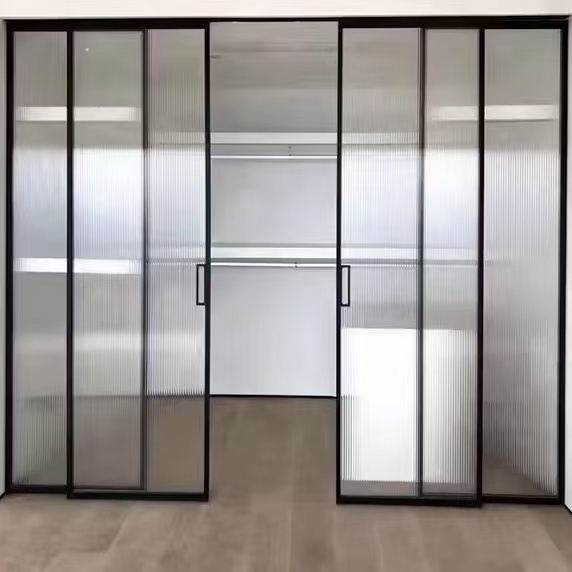The Elegance and Functionality of Frameless Glass Doors: A Modern Architectural Marvel
In the realm of modern architecture and interior design, the frameless glass door has emerged as a symbol of sophistication, functionality, and seamless integration with contemporary living spaces. These doors, characterized by their minimalist design and the absence of bulky frames, have revolutionized the way we perceive and utilize openings in our homes, offices, and commercial establishments. This article delves into the multifaceted world of frameless glass doors, exploring their benefits, design considerations, installation processes, and the impact they have on the aesthetics and functionality of modern spaces.
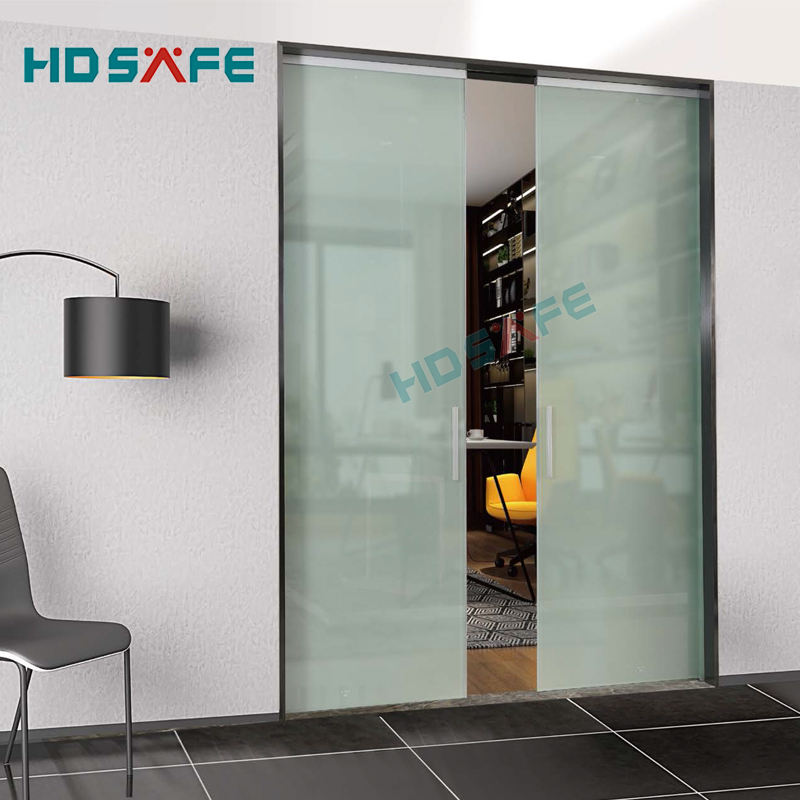
The Evolution of Door Design: From Framed to Frameless
Doors have been an integral part of human habitation since time immemorial, serving as barriers, entry points, and symbols of transition. Traditionally, doors were constructed with solid materials such as wood, metal, or stone, often adorned with intricate carvings and embellishments that reflected the cultural and artistic trends of their respective eras. However, as architectural styles evolved and the demand for more open, light-filled spaces grew, the concept of the framed glass door began to take shape.
The introduction of glass in door design was a game-changer, allowing natural light to permeate interiors and creating a sense of openness and connection with the outdoors. Early glass doors were typically framed with metal or wood to provide structural support and stability. While these framed glass doors were a significant improvement over solid doors, they still had limitations in terms of aesthetics and the amount of natural light they could admit.
The advent of frameless glass doors marked a significant leap forward in door design. By eliminating the need for a frame, these doors offered an unobstructed view, maximized the flow of natural light, and created a sleek, modern aesthetic that complemented contemporary architectural styles. The frameless design also allowed for greater flexibility in terms of size and shape, enabling architects and designers to create custom solutions that met the unique needs of their clients.
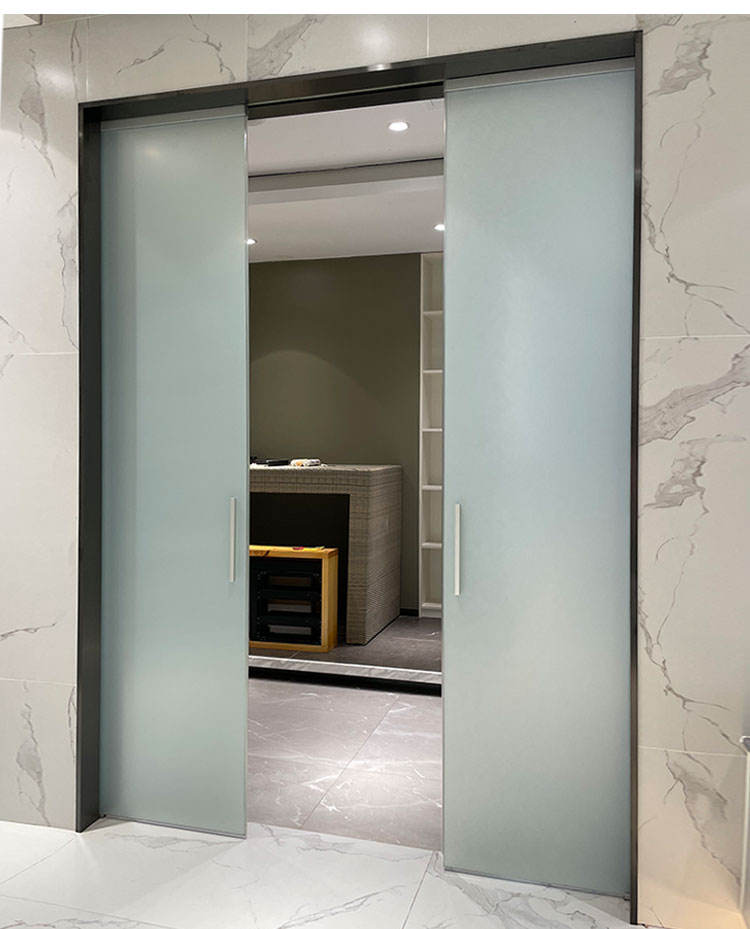
The Aesthetic Appeal of Frameless Glass Doors
One of the most striking features of frameless glass doors is their aesthetic appeal. The absence of a frame creates a clean, uncluttered look that enhances the overall visual appeal of any space. Whether used as an entrance to a room, a partition between different areas, or a gateway to the outdoors, frameless glass doors add a touch of elegance and sophistication to the environment.
The transparency of glass allows for an unobstructed view, creating a sense of openness and connection with the surrounding space. This is particularly beneficial in smaller rooms or areas with limited natural light, as the glass door can make the space feel larger and more airy. Additionally, the reflective properties of glass can enhance the natural light in a room, creating a bright and inviting atmosphere.
Frameless glass doors are also highly versatile in terms of design. They can be customized to suit a wide range of architectural styles, from modern and minimalist to traditional and classic. The glass can be clear, frosted, tinted, or even decorated with patterns or etchings, allowing for endless possibilities in terms of aesthetics. Furthermore, the hardware used to operate the door, such as handles and hinges, can be chosen to complement the overall design scheme, adding a touch of personalization and style.
Functionality and Practicality
Beyond their aesthetic appeal, frameless glass doors offer a range of functional and practical benefits that make them an ideal choice for modern living spaces. One of the key advantages is their ability to create a seamless transition between different areas of a home or office. Whether used to separate a living room from a dining area, a bedroom from a bathroom, or an indoor space from an outdoor patio, frameless glass doors provide a smooth and unobtrusive flow that enhances the overall functionality of the space.
In addition to their transitional capabilities, frameless glass doors are also highly practical in terms of space utilization. Unlike traditional doors that require clearance space to open and close, frameless glass doors can be designed as sliding or pivot doors, which take up minimal space and allow for more efficient use of the surrounding area. This is particularly beneficial in smaller homes or apartments, where every square foot counts.
Another practical benefit of frameless glass doors is their ease of maintenance. Glass is a non-porous material that is easy to clean and maintain, requiring only a simple wipe-down with a glass cleaner to keep it looking pristine. This is in contrast to traditional doors, which may require more frequent cleaning and upkeep to maintain their appearance. Additionally, the absence of a frame reduces the risk of dirt and debris accumulating in hard-to-reach areas, making frameless glass doors a low-maintenance option for busy households and commercial establishments.
Safety and Security Considerations
While frameless glass doors offer numerous benefits, it is important to consider safety and security when choosing and installing these doors. Glass, by its very nature, is a fragile material that can shatter if subjected to excessive force or impact. However, advancements in glass technology have led to the development of tempered and laminated glass, which are specifically designed to enhance the safety and security of frameless glass doors.
Tempered glass is a type of safety glass that is processed to increase its strength compared to normal glass. When broken, tempered glass shatters into small, blunt pieces that are less likely to cause injury. This makes it an ideal choice for frameless glass doors, particularly in high-traffic areas or homes with children and pets. Laminated glass, on the other hand, consists of multiple layers of glass with a layer of polyvinyl butyral (PVB) sandwiched in between. This construction makes the glass more resistant to shattering and provides an additional layer of security, as the PVB layer holds the glass together even if it is broken.
In addition to the type of glass used, the hardware and installation of frameless glass doors also play a crucial role in ensuring their safety and security. High-quality hinges, handles, and locking mechanisms are essential to prevent the door from accidentally opening or closing, and to provide a secure and stable structure. It is important to work with a reputable and experienced installer who can ensure that the door is properly installed and meets all safety and security standards.
Design Considerations for Frameless Glass Doors
When incorporating frameless glass doors into a design scheme, there are several key considerations to keep in mind to ensure that the doors not only enhance the aesthetics of the space but also function effectively and safely. One of the primary considerations is the type of glass used. As mentioned earlier, tempered and laminated glass are the preferred options for frameless glass doors due to their enhanced safety and security features. However, the choice of glass can also impact the overall aesthetic of the space. Clear glass provides an unobstructed view and allows for maximum natural light, while frosted or tinted glass offers privacy and can help to diffuse light. Decorative glass, such as etched or patterned glass, can add a unique and personalized touch to the design.
Another important consideration is the hardware used to operate the door. The hardware should be chosen to complement the overall design scheme and should be of high quality to ensure smooth and reliable operation. Handles, hinges, and locking mechanisms should be durable and easy to use, and should be installed in a way that maximizes the functionality and safety of the door. Additionally, the hardware should be chosen to match the style of the glass and the surrounding architecture, creating a cohesive and harmonious design.
The size and placement of the frameless glass door are also critical design considerations. The door should be proportionate to the size of the opening and should be placed in a location that maximizes its functionality and aesthetic appeal. For example, a large frameless glass door can serve as a stunning focal point in a room, while a smaller door can be used to create a subtle transition between different areas. The placement of the door should also take into account factors such as natural light, privacy, and the flow of traffic within the space.
Installation Process and Maintenance
The installation of frameless glass doors is a specialized process that requires precision and expertise to ensure that the doors are safe, secure, and function effectively. It is highly recommended to work with a professional installer who has experience in installing frameless glass doors and can ensure that the installation is done correctly. The installation process typically involves measuring the opening, cutting the glass to the appropriate size, and securing the glass in place using high-quality hardware and sealants.
Proper maintenance is essential to ensure the longevity and performance of frameless glass doors. Regular cleaning with a glass cleaner and a soft cloth is recommended to keep the glass looking clean and clear. It is important to avoid using abrasive cleaners or materials that can scratch the glass. Additionally, the hardware should be inspected and cleaned regularly to ensure that it is functioning properly and to prevent any issues with the operation of the door. In the event of any damage or issues with the glass or hardware, it is important to address them promptly to prevent further damage and ensure the safety and security of the door.
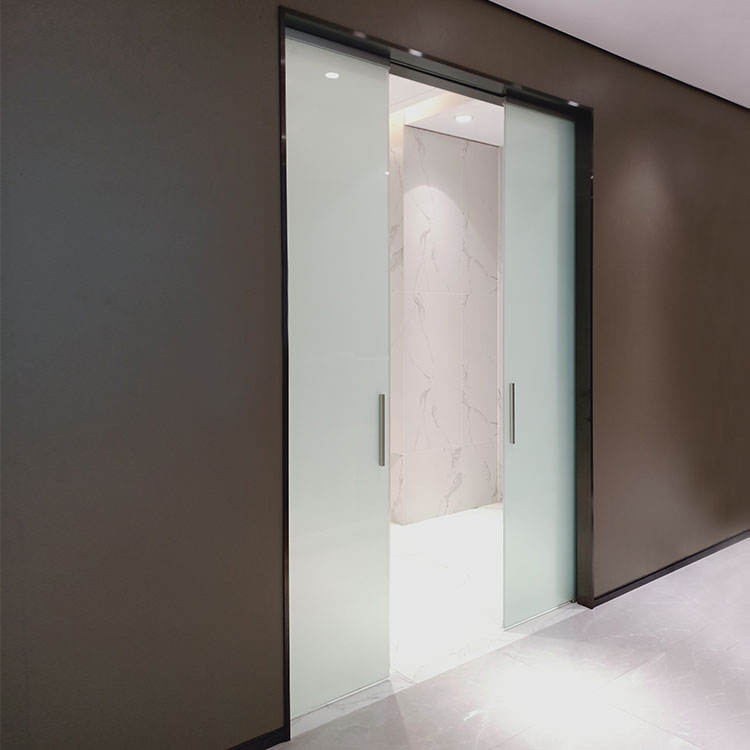
Conclusion: The Future of Frameless Glass Doors
Frameless glass doors represent a modern architectural marvel that combines elegance, functionality, and practicality in a way that few other design elements can. Their ability to create a seamless transition between different areas, maximize the flow of natural light, and enhance the overall aesthetics of a space has made them a popular choice for homeowners, architects, and designers alike. While there are important considerations to keep in mind in terms of safety, security, and maintenance, the benefits of frameless glass doors far outweigh the challenges.
As architectural trends continue to evolve and the demand for more open, light-filled, and interconnected spaces grows, the popularity of frameless glass doors is likely to continue to rise. With advancements in glass technology, hardware, and installation techniques, frameless glass doors are poised to play an even greater role in shaping the future of modern living spaces. Whether used in residential, commercial, or public settings, frameless glass doors offer a versatile and stylish solution that enhances the beauty and functionality of any environment.
In conclusion, frameless glass doors are more than just a design trend; they are a testament to the ingenuity and creativity of modern architecture and interior design. By embracing the elegance and functionality of frameless glass doors, we can create spaces that are not only visually stunning but also practical, safe, and conducive to a higher quality of life. As we look to the future, the possibilities for frameless glass doors are endless, and their role in shaping the spaces we live, work, and play in will undoubtedly continue to grow.








 Home
Home Oct 08,2025
Oct 08,2025 
 Frameless Sliding Glass Doors: Elegant, Functional & Fully Customizable (OEM/ODM Available)
Frameless Sliding Glass Doors: Elegant, Functional & Fully Customizable (OEM/ODM Available) 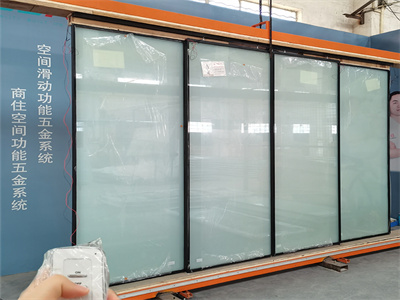
 Sep 29,2025
Sep 29,2025 
